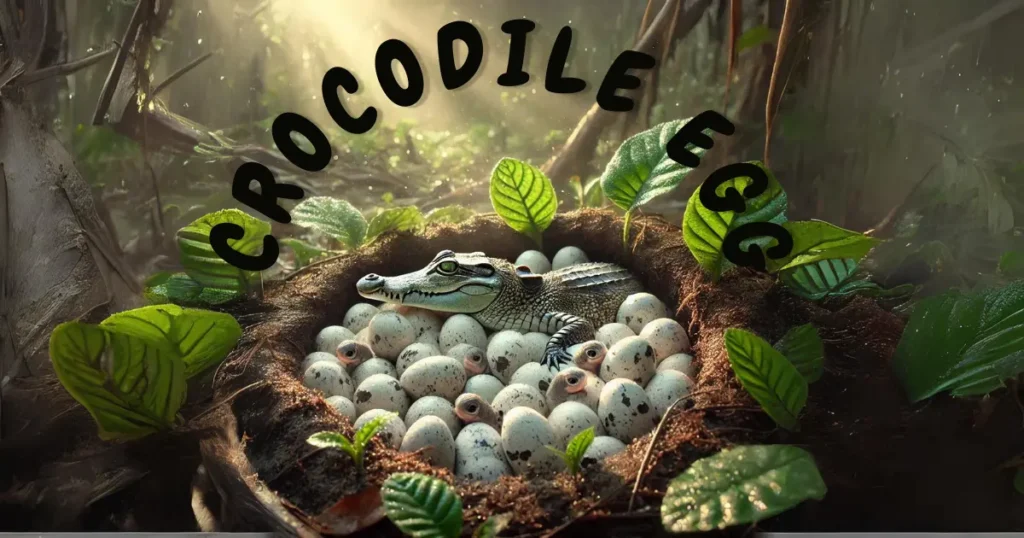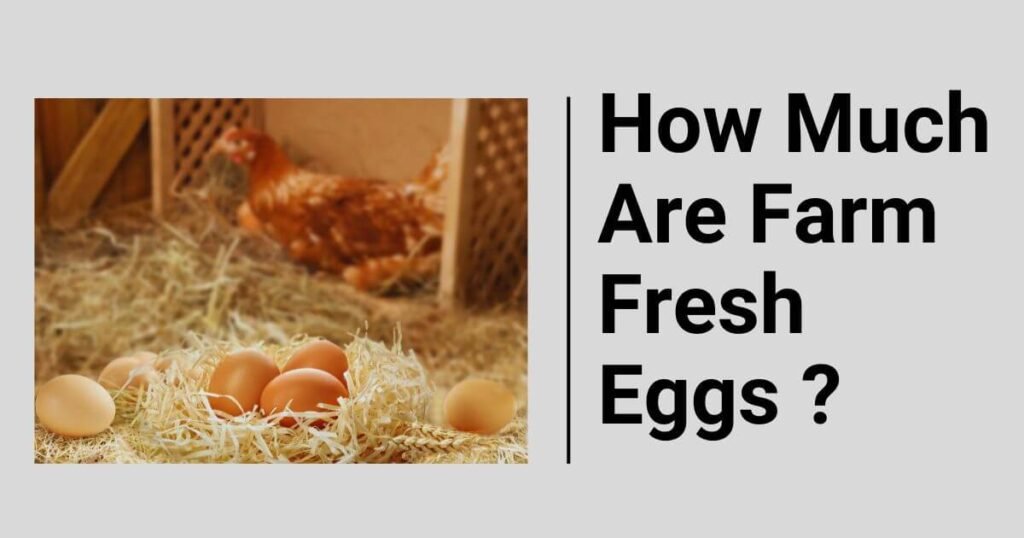Crocodile egg, primarily laid in tropical regions, are unique due to their incubation environment and hatching patterns. These eggs play a critical role in crocodile species’ reproduction, shaping their survival and development. In this article, we’ll dive deep into everything you need to know about crocodile eggs, from their composition and habitat to hatching.
What Makes Crocodile Eggs Unique?
Crocodile eggs differ from bird or reptile eggs in several ways. They have a hard, calcium-coated shell that protects the embryo from environmental threats. Interestingly, crocodile egg incubation relies on the temperature around them, which also determines the gender of the hatchling.
- Size: Generally, crocodile eggs measure about 8 cm in length and weigh around 100 grams.
- Shell Texture: These eggs have a thick, rough outer shell to withstand harsh conditions.
- Clutch Size: A female crocodile can lay between 20 to 50 eggs in one season, depending on the species.
Crocodile Egg Incubation Process
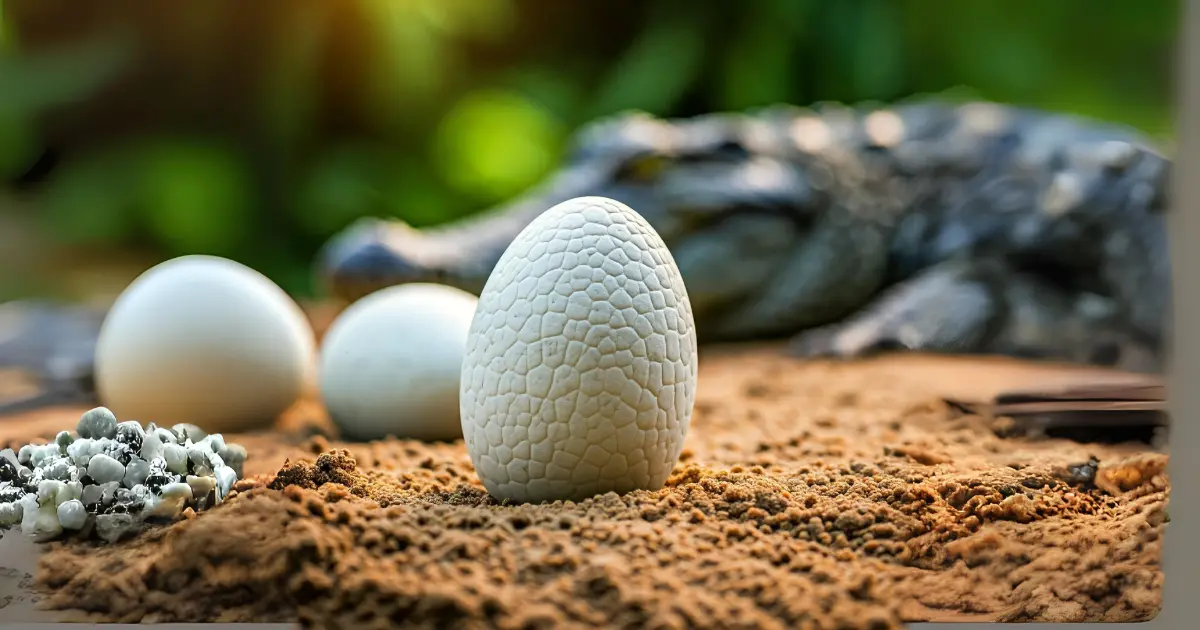
Unlike most reptiles, the incubation period for crocodile eggs depends on both external conditions and species type. The mother usually buries her eggs in mud or sand, creating a natural incubator where temperature and humidity levels are closely regulated. Incubation typically lasts 80 to 100 days.
Temperature-Dependent Gender Determination (TSD)
The temperature surrounding the crocodile egg nest significantly impacts the gender of the developing embryos. When eggs incubate at around 31-32 degrees Celsius, males tend to hatch. Temperatures outside this range more commonly yield female hatchlings.
| Temperature Range (°C) | Likely Gender |
| 29°C and below | Mostly Female |
| 30-31°C | Mixed Gender |
| 31-32°C | Mostly Male |
| 33°C and above | Mostly Female |
Habitat and Nesting of Crocodile Eggs
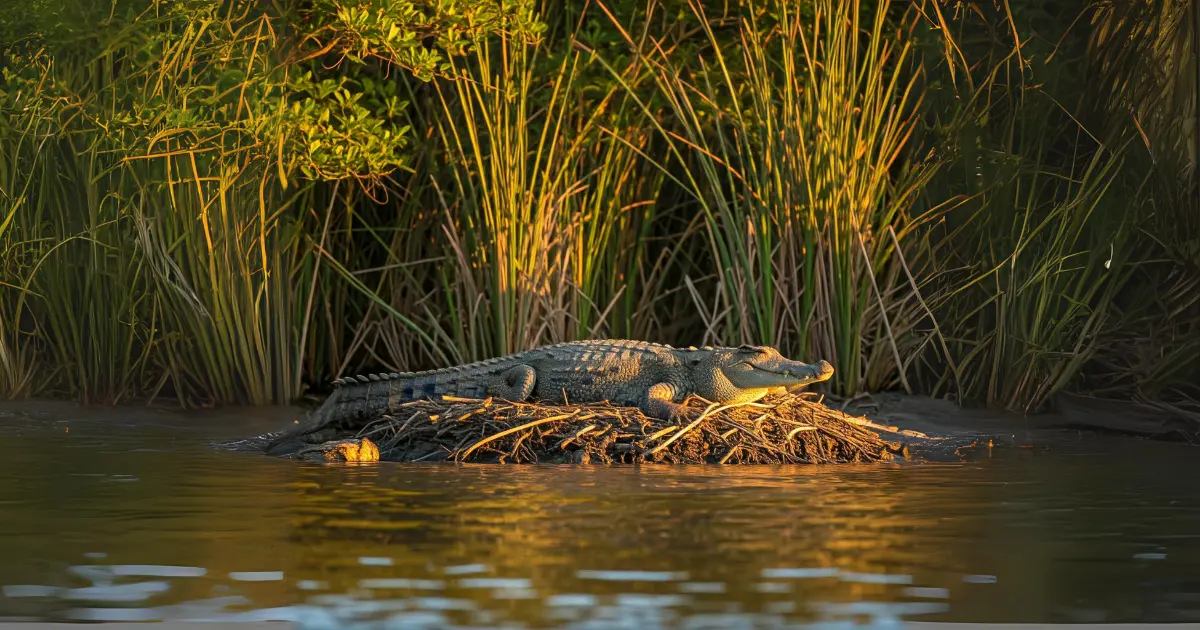
Crocodiles favor warm, tropical environments for nesting. Most species nest in riverbanks, lakeshores, or marshes where mud and vegetation offer cover. Crocodile mothers carefully choose nesting spots that balance sunlight exposure and shade, keeping eggs at the optimal temperature for development.
Nesting Strategies by Region
- American Crocodile: Found in Central America, prefers mangroves and coastal areas.
- Nile Crocodile: Commonly nests on riverbanks in Africa, covering eggs with mud.
- Saltwater Crocodile: Found in Asia and Australia, often builds mounds from decaying plants for egg insulation.
Development Stages of Crocodile Eggs
Crocodile eggs undergo several stages of development, during which temperature, humidity, and egg rotation affect growth:
- Embryonic Phase: Vital organs and basic structures develop. This stage takes about 30 days.
- Differentiation Stage: Gender and physical attributes form.
- Final Growth: Hatchlings fully develop, readying for exit.
Conservation and Threats to Crocodile Eggs
Crocodile eggs face threats from habitat loss, climate change, and poaching. Increased flooding and rising temperatures can disrupt nesting grounds, while illegal trade affects specific species’ populations. Conservation efforts focus on habitat protection, artificial incubation, and research into gender-specific hatching to balance populations.
| Threat | Description |
| Habitat Loss | Deforestation and water pollution affect nesting sites. |
| Climate Change | Alters temperature, skewing gender ratios. |
| Poaching | Eggs are harvested for traditional medicine or sale. |
Hatching: The Journey of a Crocodile Hatchling
After a lengthy incubation period, hatchlings start breaking out using a specialized “egg tooth.” Once they begin, mothers often assist by gently cracking the eggshell with her jaws to expedite the process.
Protective Mothers: Many crocodile mothers guard their young from predators during the first few weeks, although hatchlings become independent within days.
Comparative Overview of Crocodile Eggs and Other Reptile Eggs
Crocodile eggs vary distinctly from those of other reptiles in composition, incubation, and gender determination:
| Feature | Crocodile Eggs | Other Reptile Eggs |
| Shell Composition | Hard, calcium-based | Softer, leathery in some species |
| Incubation Temp | Determines gender | Often not temperature-dependent |
| Hatchling Size | 20-25 cm | Varies widely |
| Parental Care | High (for first few weeks) | Low to none |
Eating Crocodile Eggs
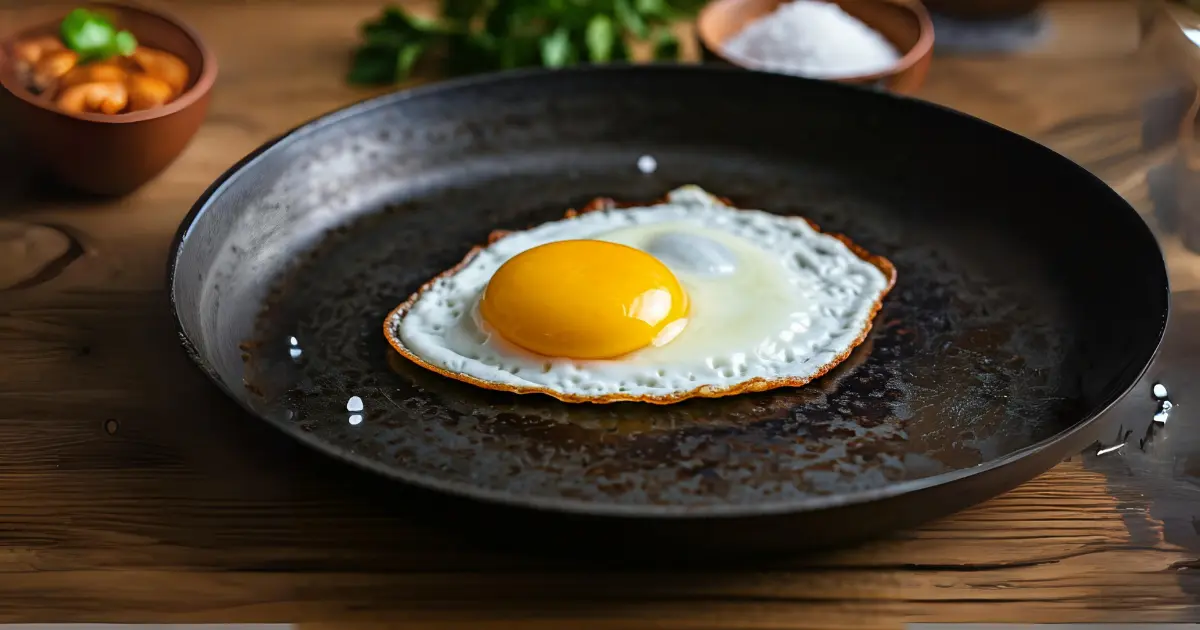
Crocodile eggs are consumed in various cultures, especially in parts of Asia and Africa. Known for their distinct taste and nutritional value, crocodile eggs are high in protein, essential minerals, and vitamins. However, they are relatively rare in culinary use due to the conservation status of crocodiles in many regions and cultural taboos surrounding their consumption.
Nutritional Value of Crocodile Egg
Crocodile eggs are rich in nutrients, offering a unique alternative to more common egg varieties. A closer look at their nutritional value:
- Protein: High protein content makes crocodile eggs an excellent source for muscle repair and growth.
- Vitamins and Minerals: They contain vitamins A, D, and E, along with calcium, phosphorus, and magnesium.
- Low Cholesterol: Compared to some other eggs, crocodile eggs are relatively low in cholesterol.
| Nutrient | Amount (per 100g) |
| Protein | 14g |
| Fat | 11g |
| Calories | ~140 kcal |
| Calcium | 55mg |
| Vitamin A | 500 IU |
Culinary Uses and Preparation of Crocodile Egg
Crocodile eggs have a dense, creamy texture and are typically described as having a strong, earthy flavor. They can be prepared in various ways, including:
- Boiled: Commonly boiled and served with salt or spices, similar to hard-boiled chicken eggs.
- Fried: Some cultures prefer frying crocodile eggs, which enhances their unique flavor.
- Baked or Grilled: For a richer taste, crocodile eggs can be baked or grilled with herbs and spices.
To learn about the recipes of duck, chicken and quail eggs, you can check out the articles linked below:
Legal and Ethical Considerations
In many countries, consuming crocodile eggs is restricted due to conservation concerns. Crocodiles are often protected species, and the collection or sale of their eggs may be illegal without proper permits. This is especially true for endangered species like the Siamese crocodile. Always check local regulations before considering crocodile eggs as a food source.
Final Thoughts
Crocodile eggs are crucial to the survival of these ancient reptiles, demonstrating unique incubation and gender determination processes. Understanding these eggs and their needs can enhance conservation efforts, helping to protect crocodile populations worldwide.
For more details on crocodile conservation, refer to reputable sources like US Fish and Wildlife Service.

